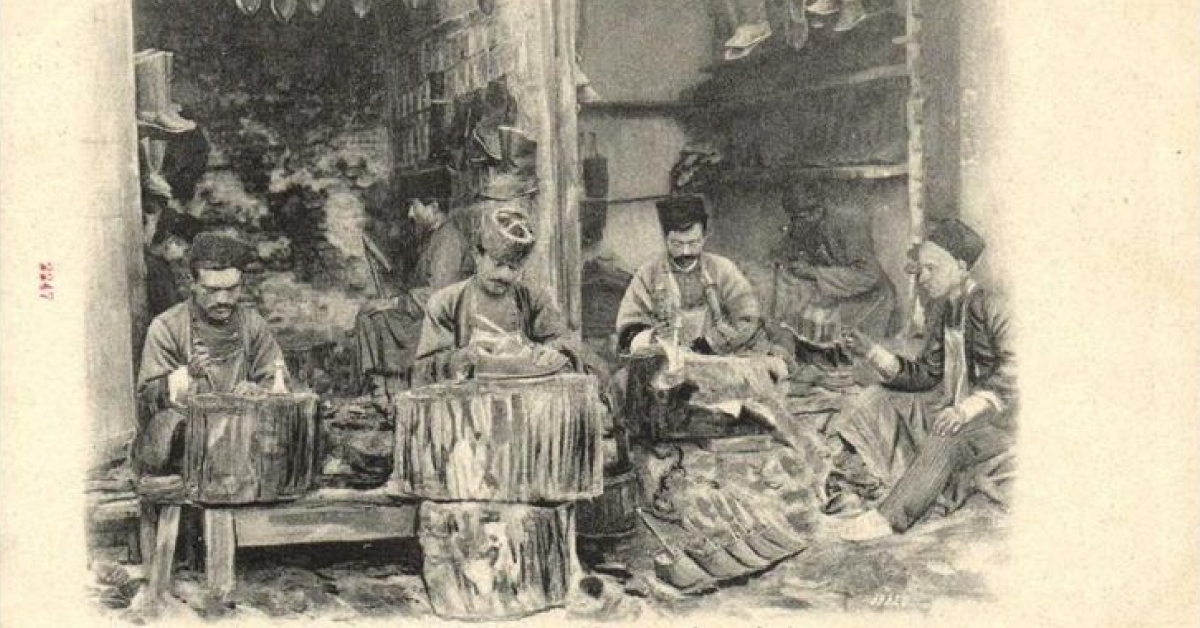2025
2025
2024-09-16

In January 1804, Russian troops led by General Pavel Tsitsianov captured the Ganja Khanate, which was renamed the Elizavetpol oblast in honor of Empress Elizabeth, wife of Russian Emperor Alexander I. The center of the oblast was the city of Elizavetpol.
On February 10, 1828, the Treaty of Turkmenchay completed Russia's conquest of Transcaucasia. However, when determining the new administrative boundaries of the region, the interests of the Armenian population were largely ignored. After the abolition of the Armenian oblast, the provinces of Yerevan, Nakhichevan, Alexandropol, and Ganja-Elizavetpol were included in the Georgia-Imeretia Governorate, while Artsakh and other Armenian-populated areas were incorporated into the Caspian oblast.
Later, on December 9, 1867, the Elizavetpol Governorate was formed, which was the largest in Transcaucasia, covering more than 44,000 square kilometers. The governorate had eight counties: Elizavetpol, Aresh, Jabrayil, Jevanshir, Zangezur, Kazakh, Nukhi, and Shushi, with diverse national and religious composition.
Turkic-speaking Muslims, collectively called Tatars, formed a large part of the population. Armenians were the absolute majority in the Zangezur and Shushi counties and were mainly concentrated in cities. In Elizavetpol, Armenians were nearly equal in number to the Turk-Tatars, and they formed a significant population in Nukhi and an absolute majority in the city of Shushi.
Among the peoples of Iranian origin in the Elizavetpol Governorate were the Tats and Talysh, some of whom lived in the rural communities of Lekvaz and Nyuvadi in the Zangezur district, in the villages of Tati and Kadir in Kazakh, and elsewhere. Among the Iranian-speaking peoples, the Kurds were mainly concentrated in Zangezur, with smaller numbers in the districts of Jevanshir, Jabrayil, and Aresh.
The Muslim population was divided into three religious branches: Shia, Sunni, and Ali-Allah.
There was a small Jewish community in the Elizavetpol Governorate. The town of Vardashen in the Nukhi district was well-known, where the Jewish quarter transformed into a village called Jhudlar or Jugushlur. According to the 1897 All-Russian Census, the number of Jews in the Nukhi district was 2,031.
Udis, ancient Christian inhabitants of Caucasian Albanian origin, lived in the settlements of Vardashen and Nizh in the Nukhi district. They followed the Armenian Church doctrine and considered themselves Armenians, writing in Armenian script but mainly speaking the Udi language. Gypsies and Georgians also lived in the Elizavetpol Governorate.
During the period of Russian rule, Russians, Germans, and other nationalities also settled in the territory of the governorate. The first steps to populate Transcaucasia with Russian nationals were taken at the beginning of the 19th century. Among them, Russian sectarian peasants formed a large number, including Molokans, Dukhobors, Anabaptists, Pryguns, Subbotniks, Iconoclasts, and Old Believers. The Molokan group comprised a particularly significant percentage.
Officially, the sectarians were first granted the right to migrate to Transcaucasia by a decision on October 20, 1830. Their first places of residence in the region were the territories of Artsakh and Gandzak. In the 1830s, four Dukhobor villages were founded in Elizavetpol county. The resettlement process continued throughout the 19th century.
By 1886, there were already 14 Russian villages in the Elizavetpol Governorate, of which 8 were in Elizavetpol county, 1 in Jabrayil county, 1 in Zangezur county, 3 in Kazakh county, 1 in Shushi county.
These were established in the vicinity of Armenian villages, and arable lands of Armenian villages were allocated to them. By the beginning of the 20th century, the Russian population here reached about 28,000.
Germans established colonies in the region from 1818, including the villages of Annenfeld in Elizavetpol countyand Helenendorf (Elenendorf) in Shamkhor county. According to the 1897 census, there were 3,194 Germans in the Elizavetpol Governorate.
Small numbers of English, French, Polish, and Greek residents lived in the cities of the governorate.
One can note that there was no "Azerbaijani" people among the governorate's population at this time.
Between 1918 and 1921, most of the former Elizavetpol Governorate's territory became part of the newly created state of Azerbaijan. A process of Turkification of the local Muslim peoples began. A significant portion of the non-Muslim population had either left the governorate's territory or been massacred during the period of the Azerbaijan Democratic Republic (1918-1920). Only in the territories of Artsakh and Syunik did Armenians continue to live on their ancestral lands due to prolonged struggle.